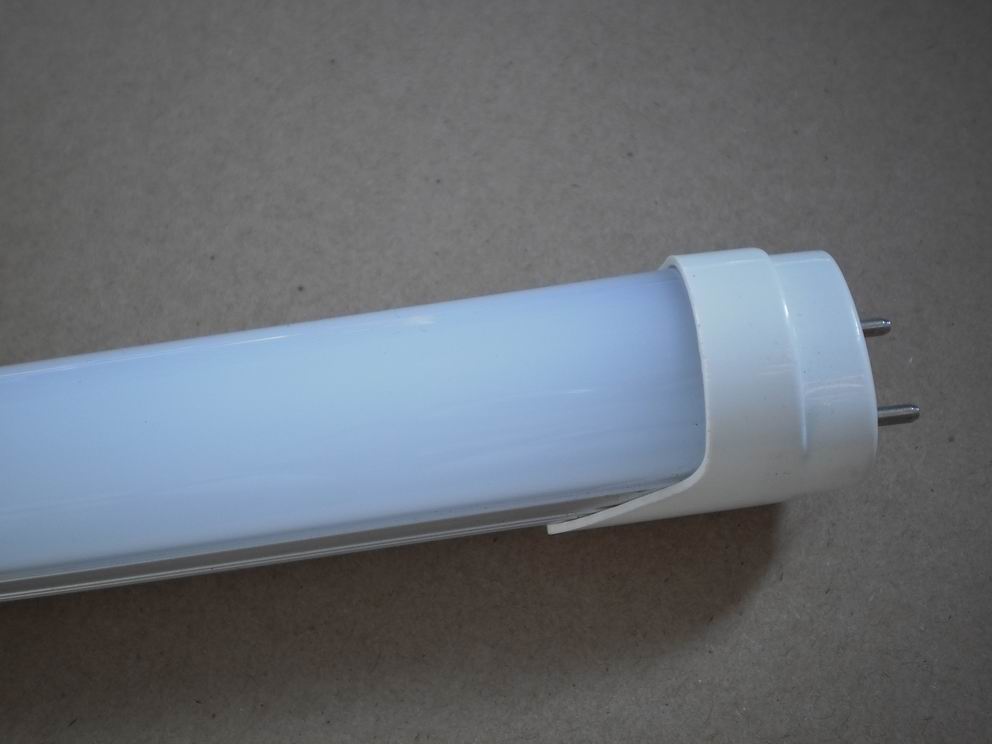
Light sources such as incandescent lamps, halogens, fluorescents, LEDs and some others have basic characteristics. They also have their positive and negative aspects. Actually, there are different kinds of light sources in use all over the world. None of them has actually proven to be very suitable for all applications. In this write-up, you’re going to learn more about the positive and negative aspects of the lighting sources. This will help you to get more understanding about LED lighting system. Let’s have a look at some of the characteristics.
• Light Quality
This is basically the very first characteristic of many light sources. The quality of the light generated is very vital. It shows how good or bad a lighting source is. Basically, two simple measures are considered under the light quality characteristic. They include Correlated Color Temperature (CCT) and Color Rendering Index (CRI). These two measures offer a broad overview of most light sources. The CCT explains the color temperature of light sources. For instance, the yellow color is usually hotter than the red. On the other hand, the CRI describes the reproduction system of the various colors seen in light sources. For instance, a CRI of 100 is perfect while a CRI of 82 is better than that of 60.
A typical incandescent bulb is known for having a CRI of 100 and a CCT of 2850K. Fluorescent bulbs are usually known for having varying levels of CRI and CCT. A typical fluorescent bulb may have a CRI of 82 and a CCT of 4100K. This usually brings out the white color in the bulb.
• Efficacy
The efficacy of the light sources also matters a lot. This talks about their efficiency and how much light they generate as well as their energy input. When it comes to efficacy, the incandescent lights are at the lowest ebb. They simply serve as resistors. A typical incandescent bulb of 60W produced 830 lumens. Higher incandescent bulbs are also more efficient than the low capacity ones.
Fluorescent bulbs are known to be higher in efficacy when compared to the incandescent lamps. A typical 4 ft fluorescent tube normally produces 2700 lumens for 32W. This amounts to an efficacy of 84 Lm/W. However, an incandescent light can easily be plugged into a 120 VAC which makes it very easy to use. But a fluorescent bulb requires a ballast to convert power. Most ballasts are known to be efficient but this depends on the level of their capacity in carrying the tubes.
• Timing
Timing is yet another vital characteristic of light sources. It covers the flicker and the turn on time. When it comes to turn on time, incandescent bulbs are known to be very simple. When power is applied to them, they can easily turn on immediately. They simply glow to the full brightness. On the other hand, fluorescent bulbs require extra timing. They can be very complex as well. In most cases, a fluorescent bulb may take some minutes before coming up. The filament is usually preheated before the plasma arc is created to ensure the longevity of the tube. The preheat time usually takes up to 700msec. When the tube is put on eventually, it may take some minutes before coming to full brightness. This delay is actually one of the major flaws of most fluorescent bulbs. You may be delayed from seeing light when you use such bulbs. Some of the fluorescent bulbs do have lower start times. Sodium streetlights take several minutes to turn on. This is usually the case when they are put on at night.
The HID lamps don’t usually turn on again after you put them off. You have to wait for about 10 to 15 minutes before you can put them on again. This can be very problematic especially when there’s a sudden power outage. You may have to wait for several minutes to put the HID lamps on.
.On the other hand, fluorescent tubes are known for extinguishing their plasma arc within 100 μ sec. this is why a 10 KHz fluorescent tube has a 10% efficacy advantage over the one with 60Hz capacity. This usually causes the fluorescent tube to turn off and on 50 or 60 times per second. In most cases, this produces an annoying flicker for most of the fluorescent bulbs.
LED lights also encounter such problems since they normally turn off faster than the ordinary fluorescent tubes.
• Dimming
Most of the light sources usually have dimming problems. Incandescent bulbs for instance drop their CCT levels as they dim. This usually makes them to look redder in color.
• Aging
Aging issues also occur in most of the light sources. If one of multiple incandescent bulbs is replaced in a fixture, this can indicate that the older bulbs have worn out over time. The same scenario is also seen in fluorescent bulbs and LEDs. However, there’s a difference on aging duration for all the light sources. An incandescent bulb has a lifetime of 100 hours of usage. Fluorescent bulbs have complex lifetime since their lifetime depends on how many hours they are used as well as the on/off cycles used. Basically, their lifetime stands at 10,000 hours of usage.
LEDs have longer lifetimes. This is because they are made of semiconductors that last for years. LEDs can serve for thousands of hours. Their average lifetime stands at 50,000 hours
In all, the above characteristics of light sources help you to know more about different kinds of light systems. You can use them as background knowledge as you study more about LEDs and their modes of operation.
www.ledtubes8.com M;s 15920065243


